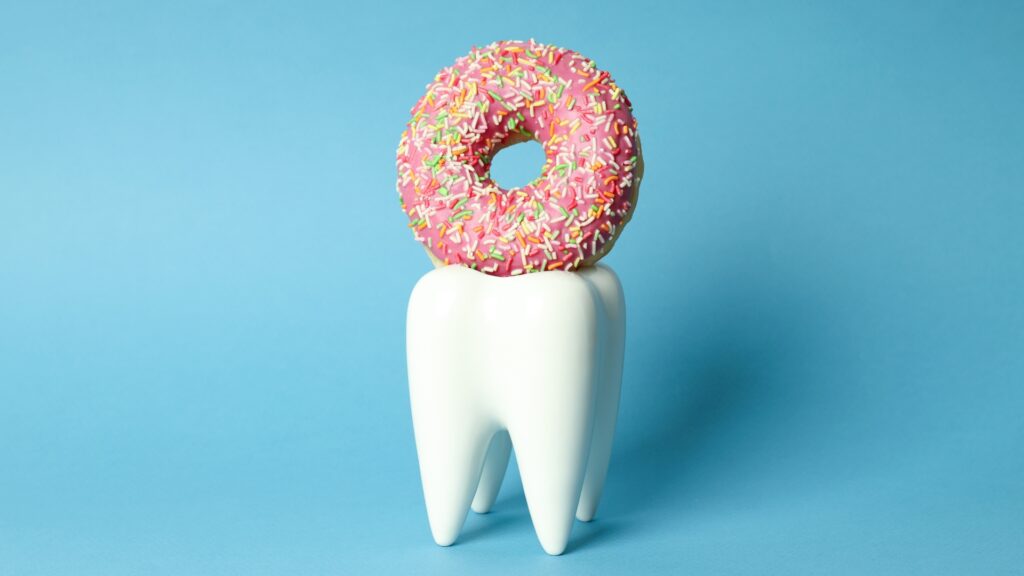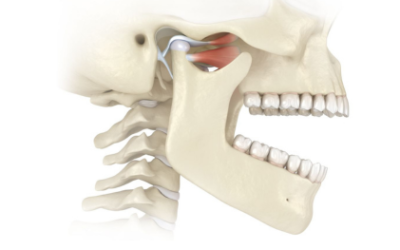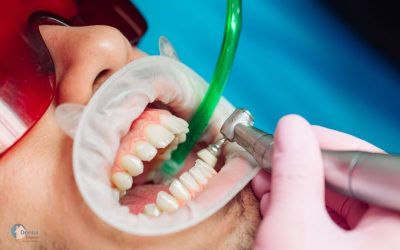Sugar is one of the most significant dietary contributors to tooth decay and overall poor oral health. While it may be sweet to the taste, its impact on dental hygiene is anything but. The relationship between sugar and teeth revolves around a chain reaction involving bacteria, acid production, and enamel erosion, which can eventually lead to cavities, gum disease, and tooth loss.
The Process: From Sugar to Decay
When you eat or drink sugary foods and beverages, the sugar interacts with the naturally occurring bacteria in your mouth. These bacteria, particularly Streptococcus mutans, feed on the sugar and produce acid as a byproduct. This acid attacks the enamel, which is the hard, protective outer layer of the tooth. Over time, repeated acid attacks cause the enamel to weaken and erode, leading to the formation of cavities.
Saliva helps to neutralize acids and repair early tooth damage through a process called remineralization. However, if sugar is consumed frequently throughout the day—especially in sticky or sugary drinks—saliva doesn’t get a chance to do its job properly, and the tooth enamel continues to break down.
Types of Sugar and Their Effects
Both natural and added sugars can contribute to dental problems, but added sugars are the most harmful. These are found in sweets, soft drinks, cakes, processed foods, and even savory items like sauces and salad dressings. Liquid sugars, such as those found in soda and fruit juices, are particularly damaging because they coat the teeth and often remain in the mouth longer.
Sticky sugars, like caramels or gummies, are also dangerous since they cling to the tooth surface and are harder to wash away. Frequent snacking on sugary items is more harmful than consuming them all at once, as it prolongs the amount of time the teeth are exposed to acid.

Long-Term Consequences
If left untreated, the damage caused by sugar can progress from minor tooth sensitivity to full-blown cavities. These cavities can become deeper and reach the inner parts of the tooth, leading to infection and requiring treatments like fillings, root canals, or extractions.
Gum disease is another potential consequence of excessive sugar intake. Sugar fuels the bacteria in plaque, a sticky film that forms on the teeth. When plaque isn’t removed, it hardens into tartar and causes inflammation of the gums, known as gingivitis. If untreated, this can progress to periodontitis, a serious gum infection that damages soft tissue and bone supporting the teeth.
Prevention and Oral Care
To minimize sugar’s harmful effects, it’s crucial to practice good oral hygiene. Brushing teeth twice daily with fluoride toothpaste, flossing regularly, and visiting a dentist every six months are essential habits. Limiting sugary snacks and drinks, choosing water over soda, and consuming a balanced diet rich in fiber and calcium can also help protect your teeth.
In summary, sugar may be a major part of modern diets, but it poses a significant threat to dental health. Awareness and consistent care are key to preserving your smile and avoiding costly dental problems in the future.




